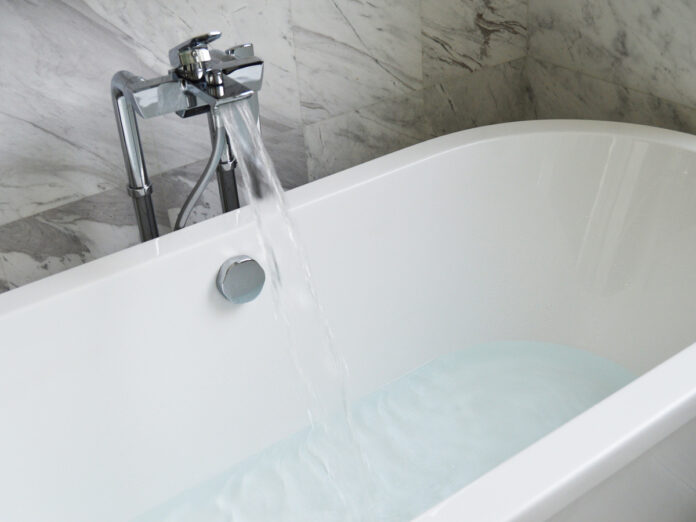Brand new tapware is aesthetically pleasing and highly functional. But the glamour and performance degrade quickly without proper maintenance. Unfortunately, most of us forget about faucet care despite using them every day.
We also hardly notice how our beautiful, shiny faucets turn into damaged, broken, and rusted ones gradually. Let’s talk about seven tips to get years of reliable service from kitchen and bathroom faucets.
Pick a durable model
Try to find scratch-proof, heat-proof, and corrosion-resistant faucets within your budget. Brass, bronze, and stainless steel are usually more long-lasting than zinc, cast iron, and plastic variants. They also cost more, but this additional investment can save a lot of dollars in the future. Besides, highly polished finishes can also expand longevity. Make sure to select a solid polishing material that hardly peels off.
Post-installation care
A common mistake many people make is keeping the new faucets nearby while cleaning the old setup. Detergent drops, dirt, and old faucet’s broken parts can damage tapware even before installation. Using harsh clothing to clean them can make the condition worse. In case your new fixtures get dirty, always clean them gently with a microfiber cloth.
Be careful during installation
The mounting process involves working with pliers, screwdrivers, pipe cutters, wrenches, spanners, etc. Uncareful movements with these tools might scratch the faucets badly. So, be gentle as much as possible. You can also purchase anti-scratch rubberized tools for a scratch-free experience. However, we highly recommend taking professional services if you don’t know how to handle them properly.
Invest in an in-line filter
In-line filters are seen in both regular and boiling taps. They ensure perfect water flow by filtering out particles. As a result, the aerator and internal wall will also be safe from mineral buildups. Plus, your countertops will no longer suffer from the hard water stain. Replace them once they get old, non-functional, or damaged.
Ditch harsh products
The same cleanser you use to wash utensils may not be suitable for your sink, countertops, and taps. Their chemicals can do more harm than good such as peeling off the finishing, destructive reaction with faucet materials, etc. Regular scrubbers, metal sponges, and scouring pads are harmful to them. Mild cleansers and soft towels are safer alternatives as they don’t wear down these fittings.
Remove buildup
Kitchen faucets are more likely to get grease, detergent, and mineral buildup, whereas soap, shampoo, and toothpaste residues are common for washroom items. You must get rid of them as quickly as possible to avoid permanent damage. It may take a bit longer than the usual cleaning process. Feel free to apply water-vinegar solution for a couple of hours, rub gently, rinse off with warm water, and pat dry. Daily cleaning is necessary to prevent such occurrences.
Don’t forget about the aerator
If you notice slowed water flow even after proper maintenance, perhaps the aerator is dirty. When minerals or dirt buildups block its small holes, water fails to run smoothly. So, remove the aerators once in a while, soak them in a mild cleansing solution, and clean deposits with a soft brush. Then, you can attach them to the spray head. It’s also recommended to change aerators every 1 to 2 years.

